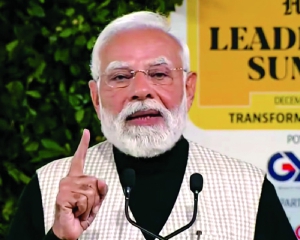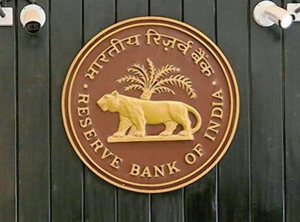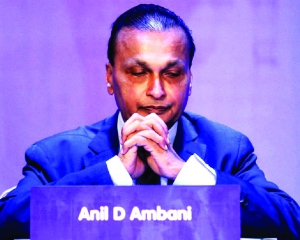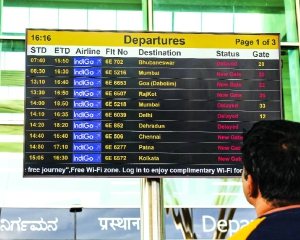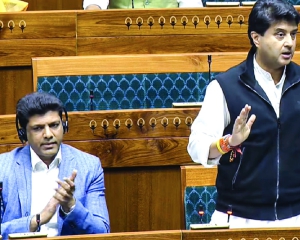The Puri tragedy symbolises not only an administrative shortcoming but also a human one, underlining how systems can fail when vigilance wanes. As the size of religious gatherings continues to rise, India must take assertive steps to protect the lives of those who come together in faith
The devastating stampede in Bangalore, which resulted in the tragic loss of eleven lives and stunned the nation, remains vivid in our minds. Now, another sorrowful event has transpired during the honoured Rath Yatra in Puri. This stampede has taken the lives of three pilgrims and left many others wounded, turning a moment of spiritual devotion into one of confusion and grief. Despite having thousands of security personnel and employing advanced surveillance technology, such as drones, CCTV cameras, and AI, this tragedy could not be averted. This occurrence, like many others before it, raises urgent questions: Why do these incidents continue despite past lessons? What more can be done to protect the millions who participate in these events with hope and faith?
India has a troubling history with stampedes, particularly during religious celebrations, in temples, and at pilgrimage sites. Since 1996, there have been over 4,000 reports of such incidents, resulting in numerous fatalities. The Kumbh Mela, known globally as one of the largest gatherings, has faced multiple disasters despite thorough planning. The recent tragedy in Puri underscores the urgent need to reassess our strategies for managing large crowds, moving beyond mere barricades and police presence to adopt intelligence-driven, holistic approaches that can predict and prevent such catastrophes.
A key challenge in managing crowds stems from the unpredictability of human behaviour. A stampede can often be set off by a minor incident-such as a loud sound, a rumour, or a blockage-that incites fear. People may flee in different directions, escape routes become blocked, and within moments, lives can be lost.
In Puri, initial reports indicate that poor sector organisation and a failure to disperse the crowd on time contributed to the deadly incident. While authorities may have enhanced crowd management tactics over time, understanding the psychology and dynamics of moving crowds is a vital area that requires focus.
What is especially concerning is the possibility of deliberate disruptions. Evidence from social media and local news indicates that organised groups or troublemakers may attempt to provoke unrest during major gatherings. This highlights the need for improved intelligence networks-not just nationally but also within local communities. It is essential to engage reliable informants, community leaders, and local law enforcement to collect real-time intelligence about any potential threats or attempts to create disorder.
The time has come to shift from reactive tactics to a proactive, intelligence-driven approach to crowd management. Effective preparation should go beyond simply predicting crowd numbers and setting up barriers.
It must include comprehensive risk assessments that consider human behaviour, infrastructure readiness, and security intelligence. Frameworks like the Sendai Framework for Disaster Risk Reduction establish a global standard for these approaches, underscoring the significance of grasping risks, investing in preventive actions, and enhancing early warning and response systems.
While technology can significantly aid this process, it cannot operate in isolation. Surveillance tools such as facial recognition, drone-based thermal imaging, and AI-enhanced crowd analytics depend heavily on the skills of those who interpret and act on the data. It is vital to train staff in crowd psychology, emergency response, and real-time communication.
Likewise, mobile apps that provide instant updates, emergency alerts, and navigation help attendees avoid high-risk zones. Biometric and Radio Frequency Identification (RFID)-based access control systems can effectively mitigate overcrowding in sensitive areas. Nevertheless, these sophisticated solutions must be integrated into a comprehensive preparedness strategy that prioritises community involvement. Residents, shopkeepers, and volunteers-those who best understand the surroundings-should be engaged in security planning and monitoring.
Their vigilance and prompt reporting of unusual activities can help avert disasters. India should also learn from international best practices. Countries like Japan have adeptly managed large public events with clearly marked exits, organised crowd flow, and robust communication systems. These tactics can be adapted to suit India's religious and cultural circumstances with suitable planning and political commitment. Furthermore, the importance of analysing incidents after the fact cannot be emphasised enough. Each stampede should be meticulously examined to pinpoint failures in execution and establish corrective measures. The duties of various stakeholders — event organisers, law enforcement, and municipal officials-must be clearly defined and coordinated under a unified command framework. Publicising investigation findings and implementing their recommendations can enhance transparency and build public trust.
The Puri tragedy symbolises not only an administrative shortcoming but also a human one, underlining how systems can fail when vigilance wanes. As the size of religious gatherings continues to rise, India must take assertive steps to protect the lives of those who come together in faith. Belief should never invoke fear.
Only through a unified, forward-thinking strategy that merges intelligence, community participation, behavioural insights, and cutting-edge technology can we hope to ensure the safety of such events. The moment to act is now-before another holy day turns into a National Day of Mourning.
Major Stampede Incidents in India Over the Last Two Decades
- January 2005: A stampede at the Mandher Devi Temple in Satara, Maharashtra, resulted in over 300 deaths due to a fire and overcrowding during a religious fair.
- August 2008: At the Naina Devi Temple in Himachal Pradesh, a stampede led to 145 fatalities, with many victims being women and children.
- September 2008: A devastating stampede during Navratri at the Chamunda Devi Temple in Jodhpur, Rajasthan, claimed more than 220 lives.
- January 2011: An incident occurred on a narrow forest path during the Sabarimala pilgrimage in Kerala, resulting in the deaths of over 104 devotees after a vehicle overturned.
- 2013: A stampede at the Kumbh Mela in Allahabad (now Prayagraj), Uttar Pradesh, at the railway station caused at least 36 deaths.
- October 2013: Around 115 people lost their lives in a stampede near the Ratangarh Temple in Madhya Pradesh, reportedly sparked by rumours of a collapsing bridge.
- July 2015: A tragic stampede during the Godavari Maha Pushkaram festival in Andhra Pradesh led to at least 27 fatalities.
- September 2017: Twenty-three people died and 36 were injured in a stampede on the narrow bridge connecting the Elphinstone Road station of the Western Railway to Parel station of the Central Railway in Mumbai.
- January 2022: A surge in the crowd at the Mata Vaishno Devi shrine in Jammu and Kashmir resulted in the deaths of at least 12 pilgrims near the Bhawan complex.
- July 2024: A stampede during a religious gathering in Hathras, Uttar Pradesh, left more than 120 individuals dead, predominantly women, following a spiritual discourse.
- January 8, 2025: At the Tirupati Temple in Andhra Pradesh, a stampede resulted in the deaths of 6 people and left several others injured.
- February 2025: A stampede during the Mahakumbh in Prayagraj, Uttar Pradesh, led to the deaths of over 30 pilgrims and injured many more, highlighting ongoing crowd management issues.
- June 2025: A tragic incident in Bengaluru occurred when a stampede at the Karnataka State Cricket Association (KSCA) stadium resulted in several fatalities.
(The writers Former Executive Director, National Institute of Disaster Management, GOI. View are personal)














